What Is A Minimum Viable Product (MVP) Development
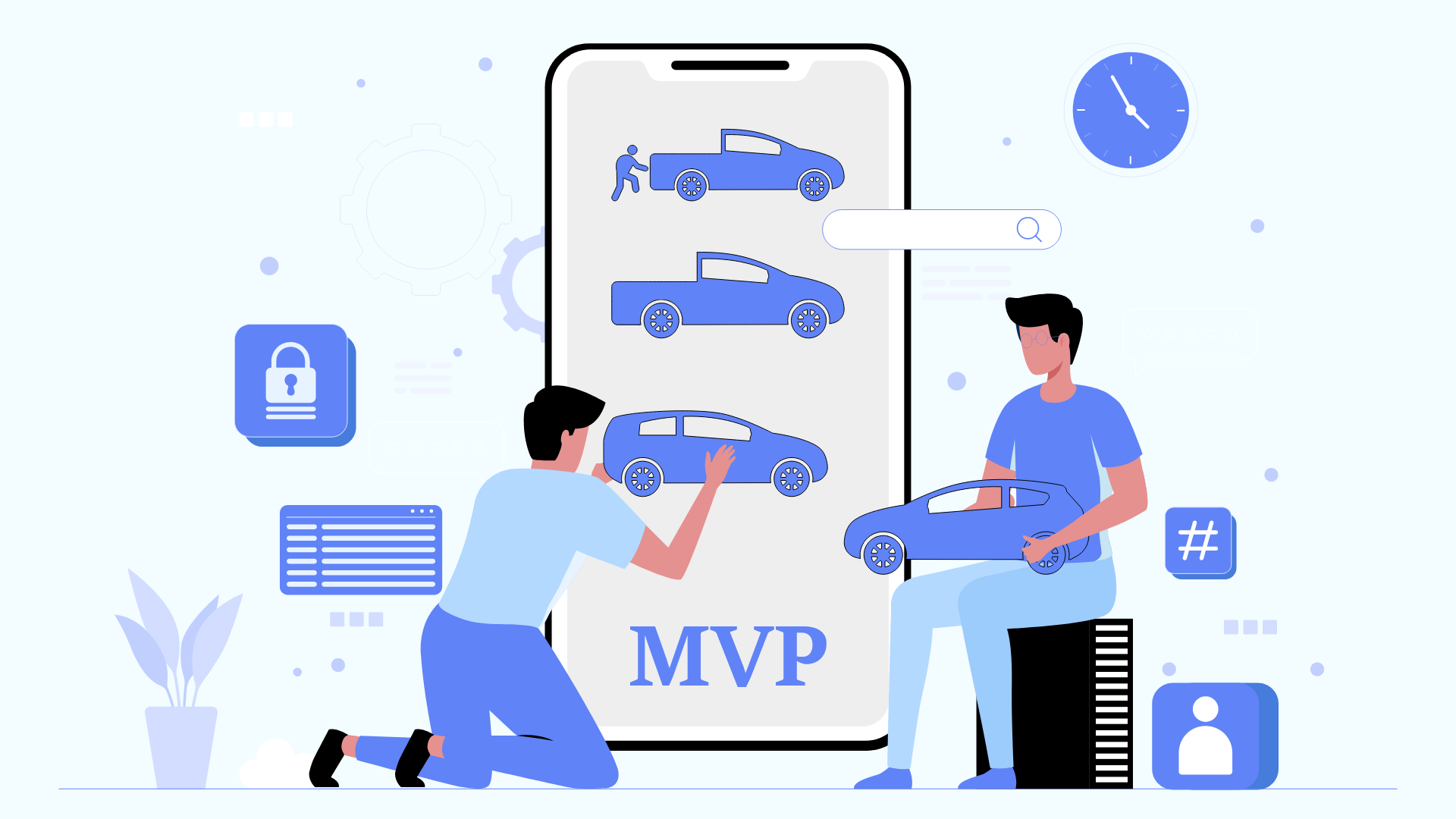
Just imagine a situation.
You have an app idea. You get the money for its implementation. You invest all the money into the app development and launch it to the market. Only to find out that users don’t need your solution.
That’s where the development of MVP (or Minimum Viable Product) comes in handy.
MVP software development is the safest way to test an idea without risking all your money.
Why do you need minimum viable product development?
Around 30% of startups fail because they run out of money. On the contrary, startups that scale gradually grow 20 times faster than startups that scale too fast.
We can have charts to show the top reason why startups fail.
This article will help you get a grip on MVP app development. Here’s what you’ll learn:
- What is MVP in software development?
- MVP vs prototype difference
- Why you need MVP software development
- How to avoid pitfalls during MVP app development
- Key types of MVP & how to choose the right one
- MVP development process in detail
- The most famous MVP software development examples
- The cost to create a minimum viable product
Let’s explore MVP software development and all associated processes in more detail.
What is a Minimum Viable Product?
A minimum viable product (MVP) is the development approach in which a new product is developed with the number of features that are sufficient for early users. The final set of more advanced features is only designed and developed after receiving and analyzing feedback from the product’s first users.
MVP software development allows for Agile development to get a product to end-users faster. You don’t need to dedicate a lot of time developing a full-fledged product and investing a lot of money into its creation. The main idea is getting a product to the market faster and safely testing your idea without risking all your money.
An image below compares MVP Agile development and traditional waterfall development methods.
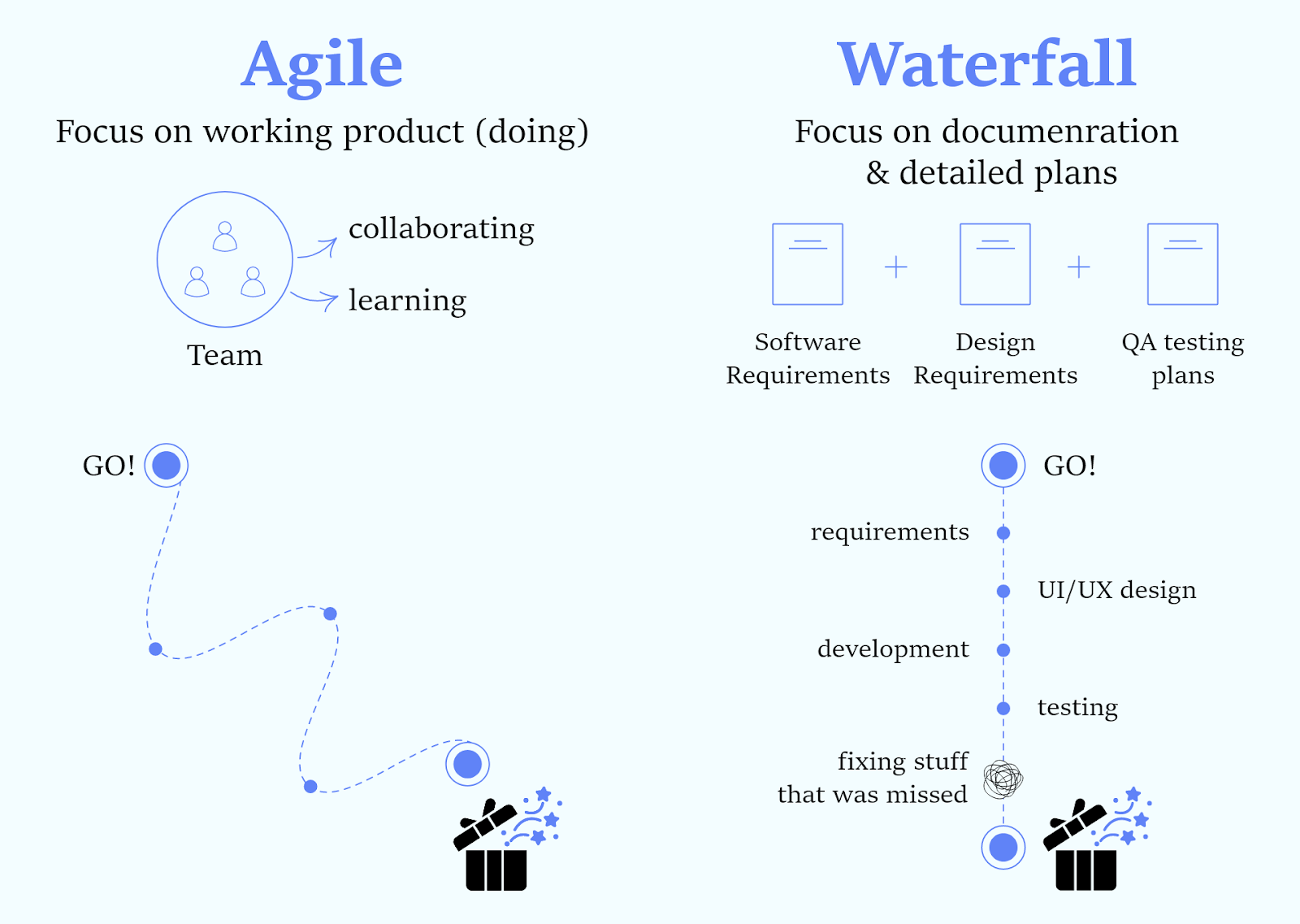
What is the Difference Between an MVP and a Prototype?

Minimum viable product development and prototype creation are often confused. Let’s clear the air when it comes to these two notions.
A prototype and MVP are both early versions of a product. However, there are several differences setting them apart.
A prototype is something that you come up with when you have an app idea.
In its nutshell, a prototype is a theory behind a product that is formed into something tangible. It might be as simple as a sketch or something more interactive and functional like digital prototypes and mockups. The main idea of a prototype is to help communicate with design and engineering teams.
Prototyping offers various designs and solutions for a single MVP soon to be finalized for a new product. Unlike MVPs, prototypes are not always supposed to become a final product. Before creating an MVP, you might create several prototypes.
What are the Benefits of MVP Software Development
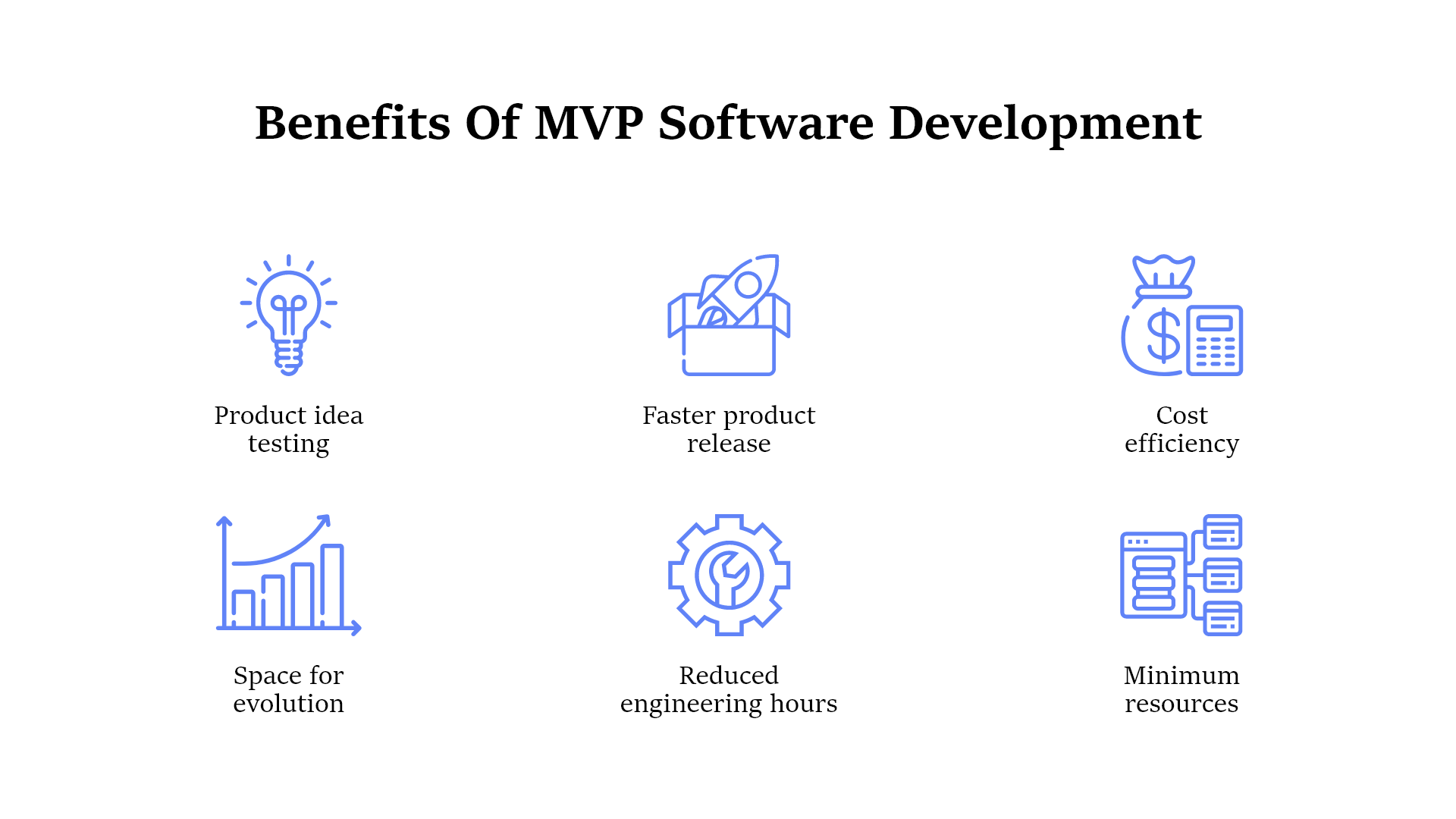
Minimum viable product development is associated with several benefits, with the main being safe ideas testing with small budgets and reduced risks.
Let’s review some of the critical benefits of MVP app development.
- Testing product ideas – no matter how interesting your idea might sound, you need to do thorough market research. After you identify the main idea behind your product, you can start MVP software development and test an idea further by releasing a minimum viable product to gather hands-on feedback from the target audience.
- Faster product release – MVP app development shortens the time to create a solution and release it to the market.
- Cost-efficiency – instead of going all the way out and investing all the money into developing a full-fledged product, you can create an MVP and continue investing in its further development gradually. Investments are made only when they are needed; thus, you minimize risks and reduced costs.
- Space for evolution – minimum viable product development is gradual. With further versions, you improve the core components of your product and can adopt innovations painlessly.
- Reduced engineering hours – thanks to a gradual process, MVP software development minimizes the volume of reworks and features rebuilding. You won’t wake up one morning understanding that development went in the wrong direction and you need to rebuild many components and features.
- Product launch with minimum resources – MVP software development makes it possible to create a product without hiring a huge development team. Reduced resources lead to reduced spending and better cost-efficiency.
- Get the product to early customers ASAP – in just a few months, you can deliver a product to the market and get feedback from early users. The target audience has a direct influence on the direction for the product to follow.
As you can see, there are numerous business benefits of MVP app development. You get the product to the market faster, test your idea with early adopters, and then move on with the development process. There is no need for huge investments and unnecessary risks.
How to Avoid Pitfalls During MVP App Development
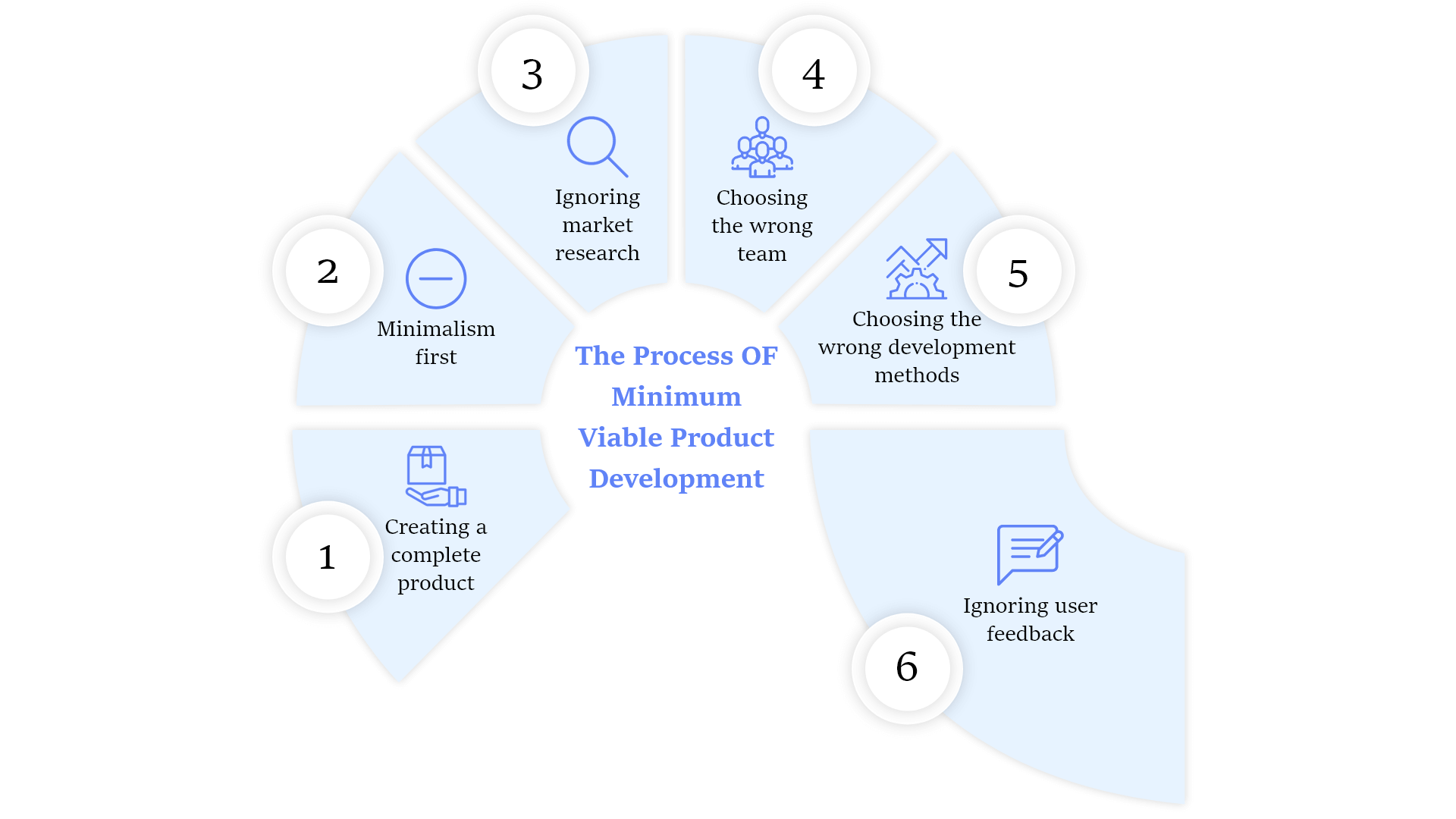
MVP software development can go sideways and eventually lead to budget increase instead of cost-efficiency. However, if you know about the possible pitfalls, you can easily avoid them. This part of the article sheds light on the most popular mistakes and provides a simple solution to each of them.
- Creating a complete product – the main goal of minimum viable product development is to create a version with a minimally sufficient number of features. Still, many businesses make a mistake and try to fit all the possible features into an MVP, leaving no space for future improvements and changes. Making such a decision undermines the whole purpose of MVP software development.
- Minimalism first – creating an MVP is not about building a single feature. It’s about building a sufficient number of features. Otherwise, you risk ending up with an app that lacks the key components for users or is even useless. MVP is not about being minimum; it’s about being viable.
- Ignoring market research – one of the main reasons why startups fail is the lack of market research. In some cases, even if research is done, companies ignore the results and implement their ideas which don't bring any value to users. No matter how great your idea might seem to you, market research must precede the development stage.
- Choosing the wrong team – the team you choose to work on the product must have high competence in MVP software development. Before making a choice, ask them about successful cases of delivering an MVP to the market.
- Choosing the wrong development methods – generally speaking, there are two main development methods – waterfall (the traditional one) and Agile. MVP Agile development is a preferred method among startups and those who choose MVP app development. The technique allows delivering the results step by step and makes any changes painless for the project.
- Ignoring user feedback – remember that you develop an app for users that they need and will be willing to use. That’s why you need to ask for user feedback, analyze it and use analytics systems to identify the next steps for improvements.
Key Types of MVPs
There are different approaches to minimum viable product development that you can use for your project. Before moving to the development stage, make sure that you have a clear understanding of all the types and which will benefit your project the most.
1. Single-feature MVP
This is not the most popular type of MVP software development. The main difficulty hides in finding the single feature that is key for your target users. After successfully identifying it, you can launch an app with a single feature, gather feedback, and move on with the software development process.
Example: Foursquare launched as a simple mobile app. It only had one feature that allowed people to check in at certain places and win points. There was only a single feature with no fancy design.
The team behind Pokémon Go also used this approach to test the idea before they created a full-fledged game.
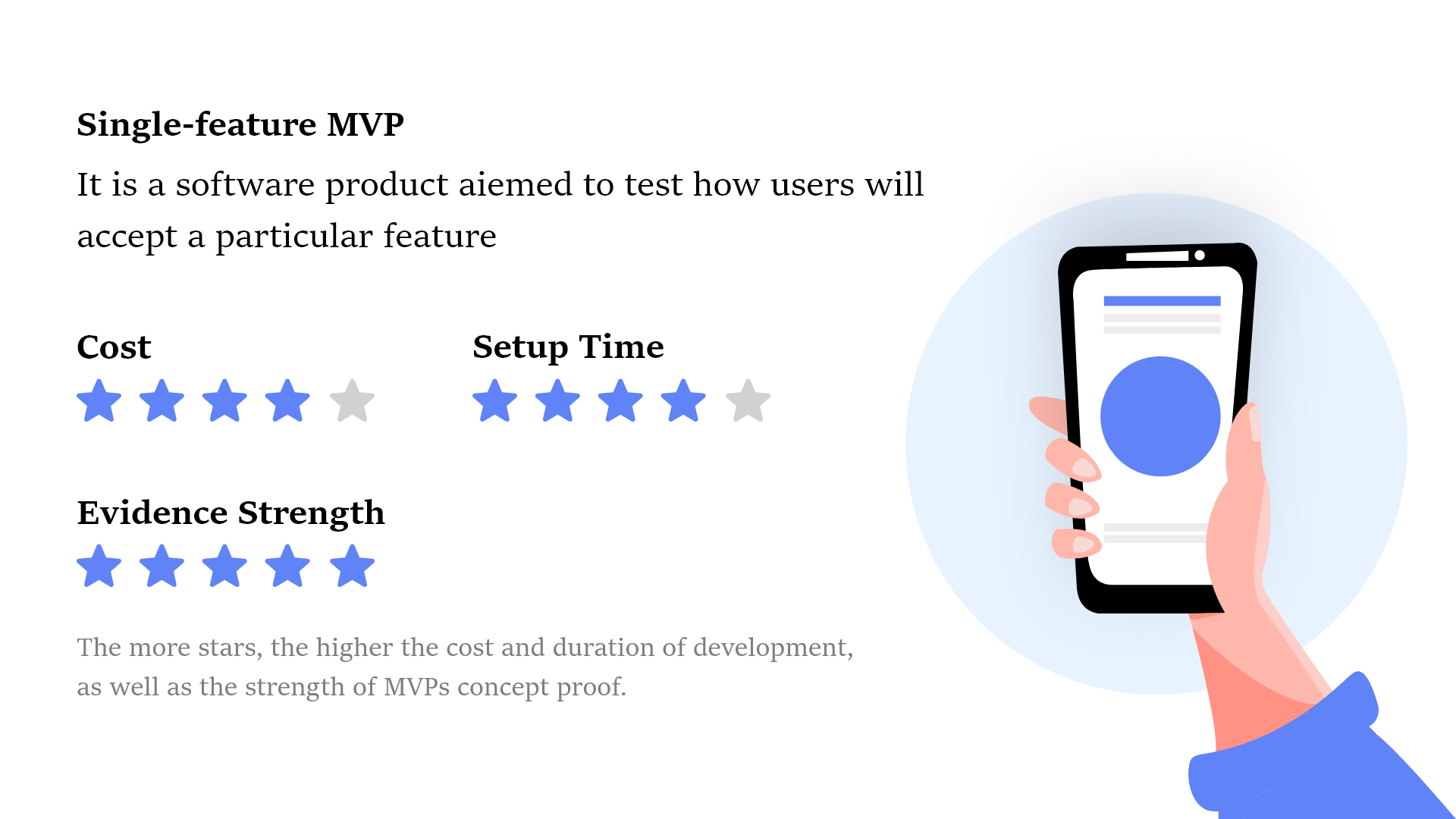
2. Piecemeal MVP
This is quite a popular MVP app development model among the startups which helps to speed up the development process thanks to the reuse of various ready-to-use elements. You can use some elements of the projects you’ve previously created or take open-source code. The main disadvantage of this approach is the need to sacrifice the uniqueness of your product to achieve the needed development speed and efficiency. At the same time, it’s a good model if you need to deliver the product to the market under tight deadlines.
Example: Groupon is the most vivid example of Piecemeal MVP. The founders started the project by building a symbol website on WordPress and posting daily deals in the form of blog posts. They delivered value to users and tested the market fit before investing into the development of a full-fledged product.
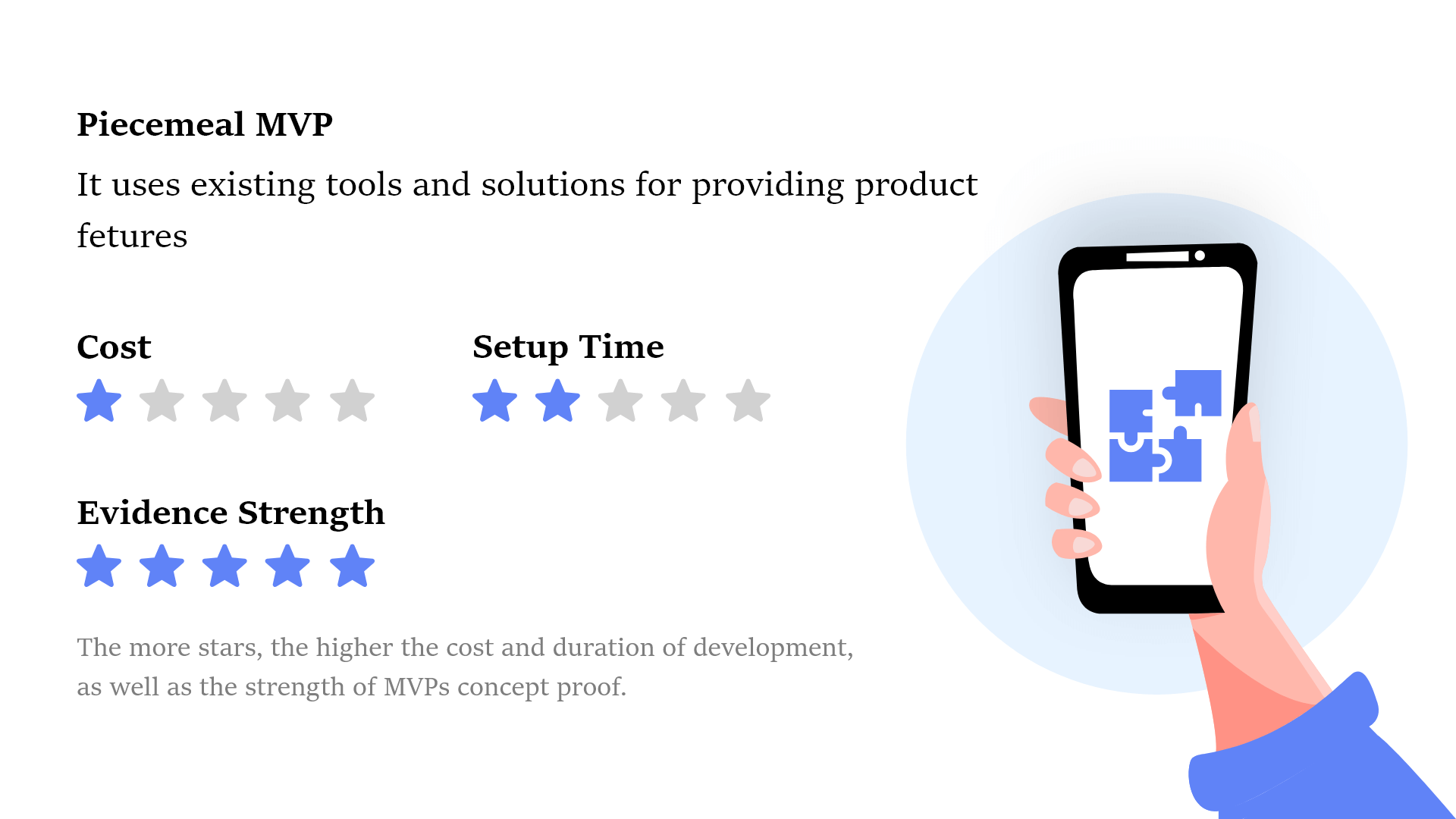
3. Landing page MVP
This model is ideal if you don’t have much money and need to test an idea. The model entails creating a single web page optimized for search results and providing essential information about your product, advantages, value, etc.
By creating a landing page, you can strike interest among potential users, receive their feedback, collect a potential user base, and spread the word about the upcoming product.
In most cases, such a model is complemented by another model, as sharing your idea with the public always creates the danger that someone might steal it and deliver the same product to the market faster than you do.
Example: Buffer is the most vivid example of a Landing page MVP. At the dawn of history, its founder created a simple landing page telling about Buffer. Interested visitors could click on the Plans & Pricing button and were redirected to the page where they could leave their email address to be notified when the product was launched.
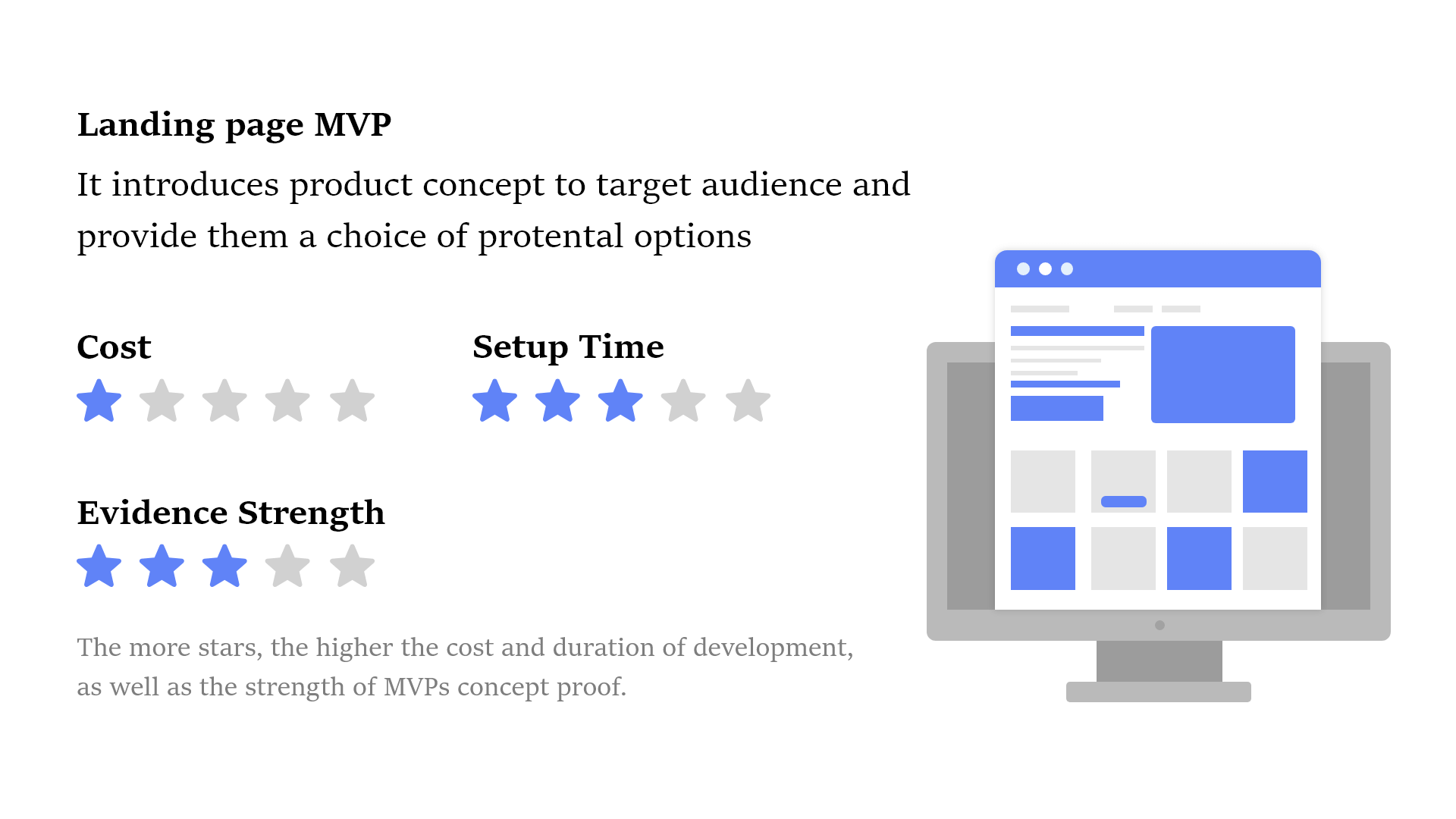
4. Wizard of Oz MVP
This model has a few other names, such as Flintstone MVP or Manual-first MVP. This model of MVP software development implies that for the outside world, your product seems completely functional. In reality, all back-office tasks are operated manually by humans. For example, your users or clients might not even realize that there are only humans in customer support. At the end of the testing period, you can analyze whether automation will streamline operations and which processes you need to automatize first.
Example: Aardvark (now a part of Google) provided users with the ability to find answers for their questions. From the outside, the project seemed to have a complex technology and algorithms underlying all its operations. In reality, there was a team of people who manually searched for answers. After they were found, the answers were sent back to relevant users.
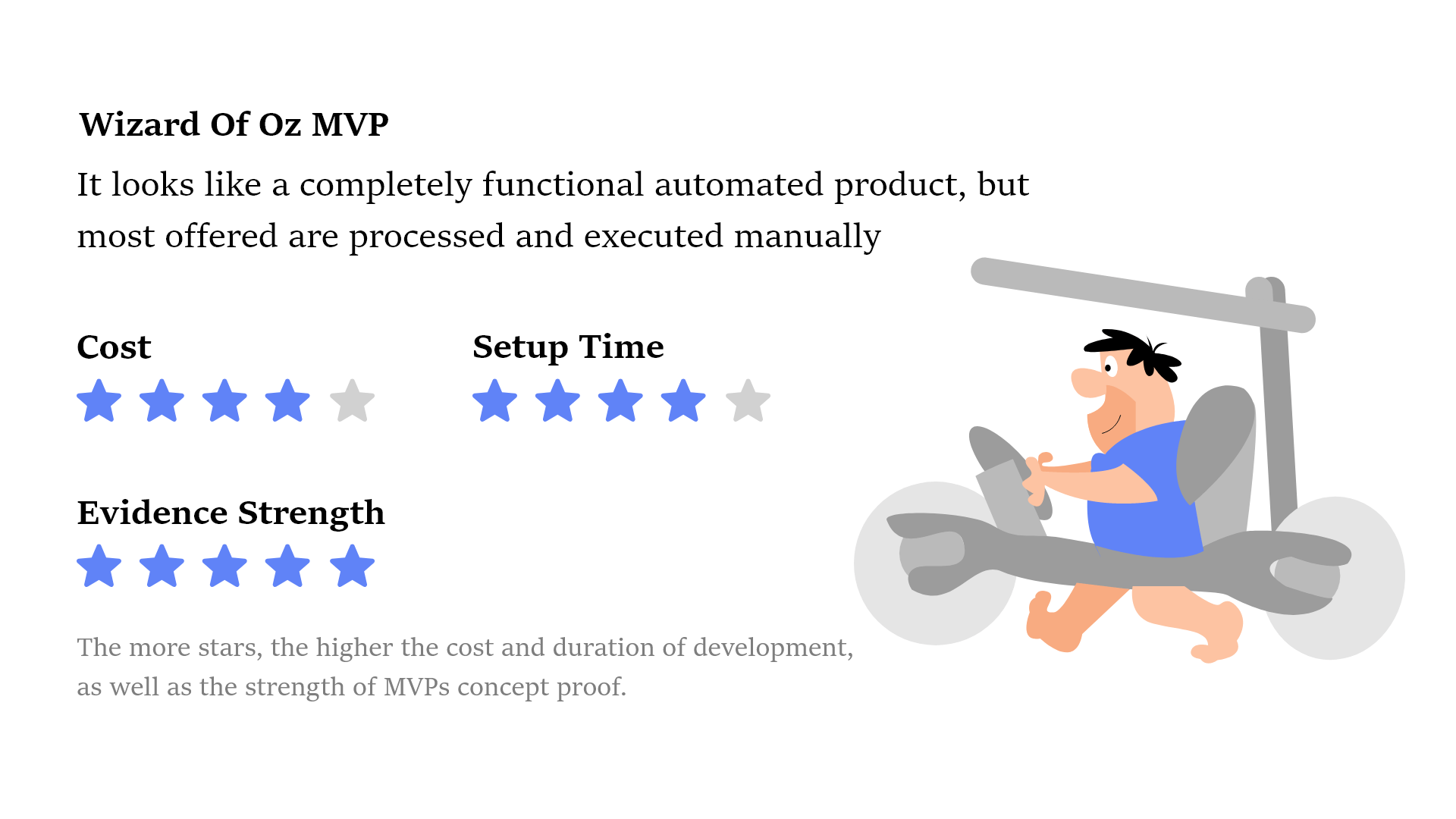
5. Product designs
This model entails creating simple sketches or complex mockups that show the user’s journey in more detail.
Sketches, usually created in free-hand format, are a great solution to present your idea to investors or to start a crowdfunding process.
Mockups and wireframes provide a more detailed representation of the future product with the location of system elements, navigation method among screens, and other product features. It’s a great approach if you want to test some really innovative features that will change the behavior pattern for users.
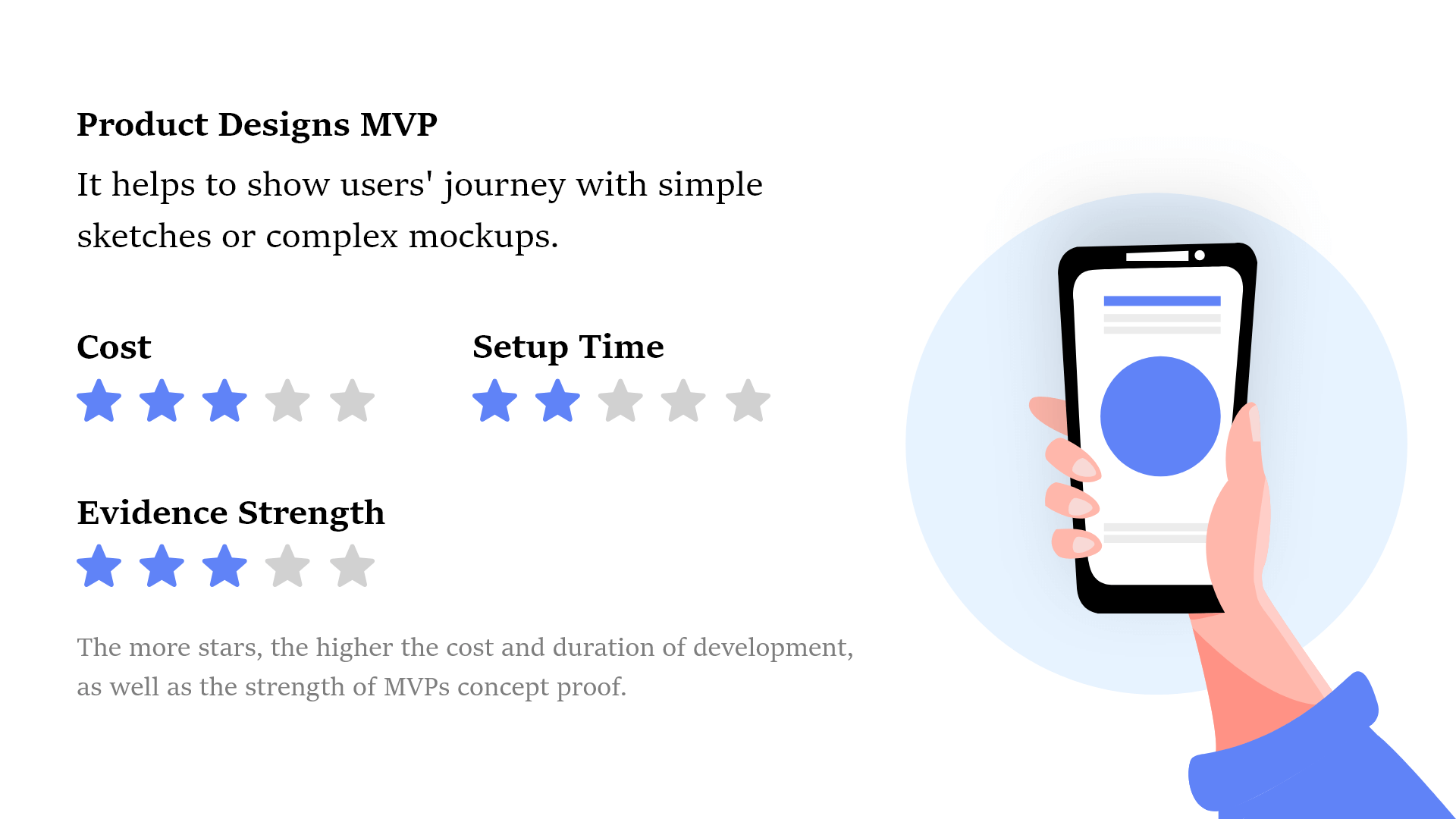
6. Demo videos
A demo video is a great way to demonstrate your product. The idea behind it is to gather feedback from the audience. Such videos can be used to test your concept among target end-users or present it to potential investors to raise investments.
Example: The famous 3-minute video about Dropbox is the most vivid example of demo videos. The video demonstrated the product’s key idea and functionality. At the time, the idea was so innovative that the solution got enough user interest so that investors took notice of it.
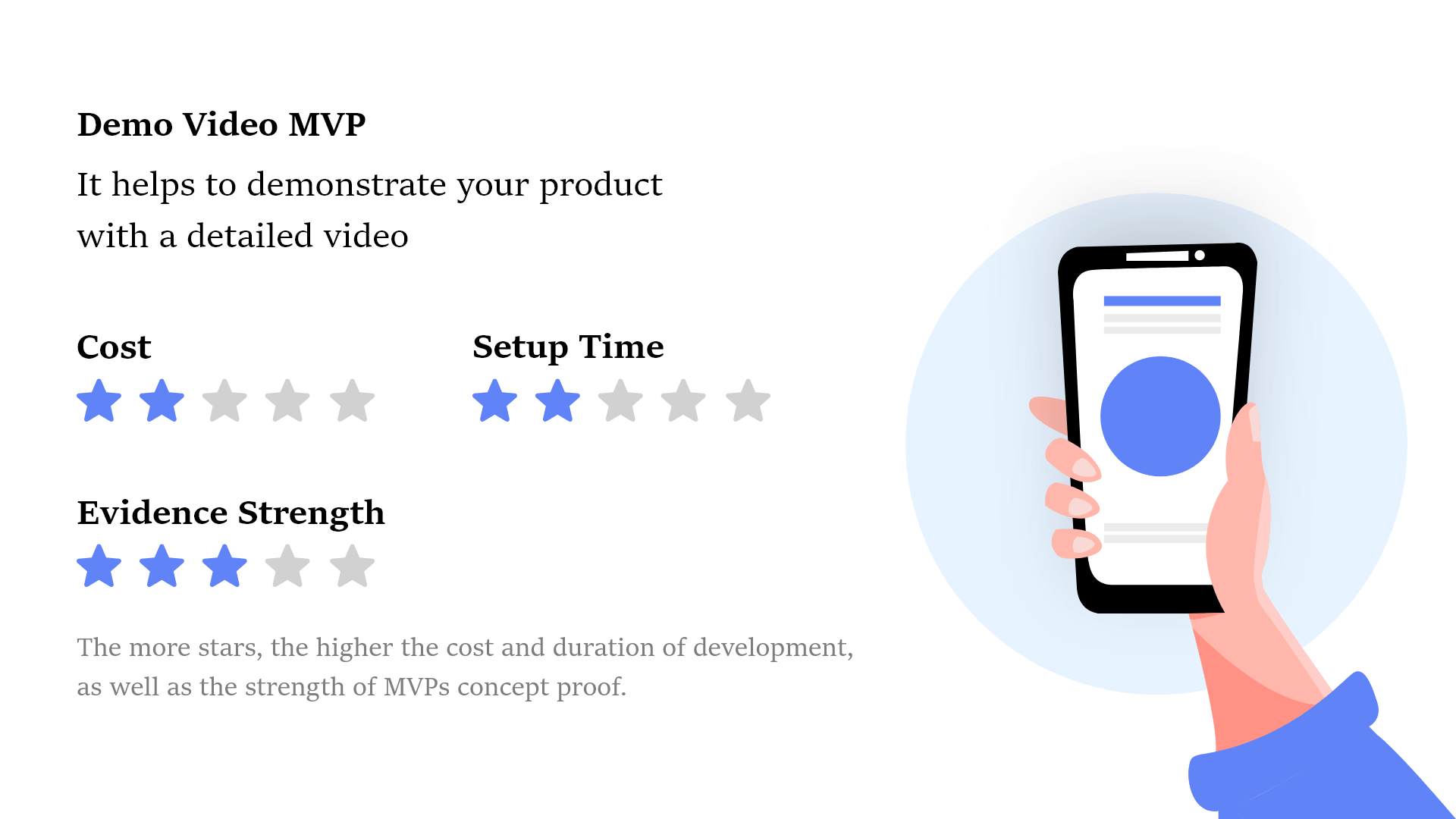
How to Start MVP Software Development: Key Steps
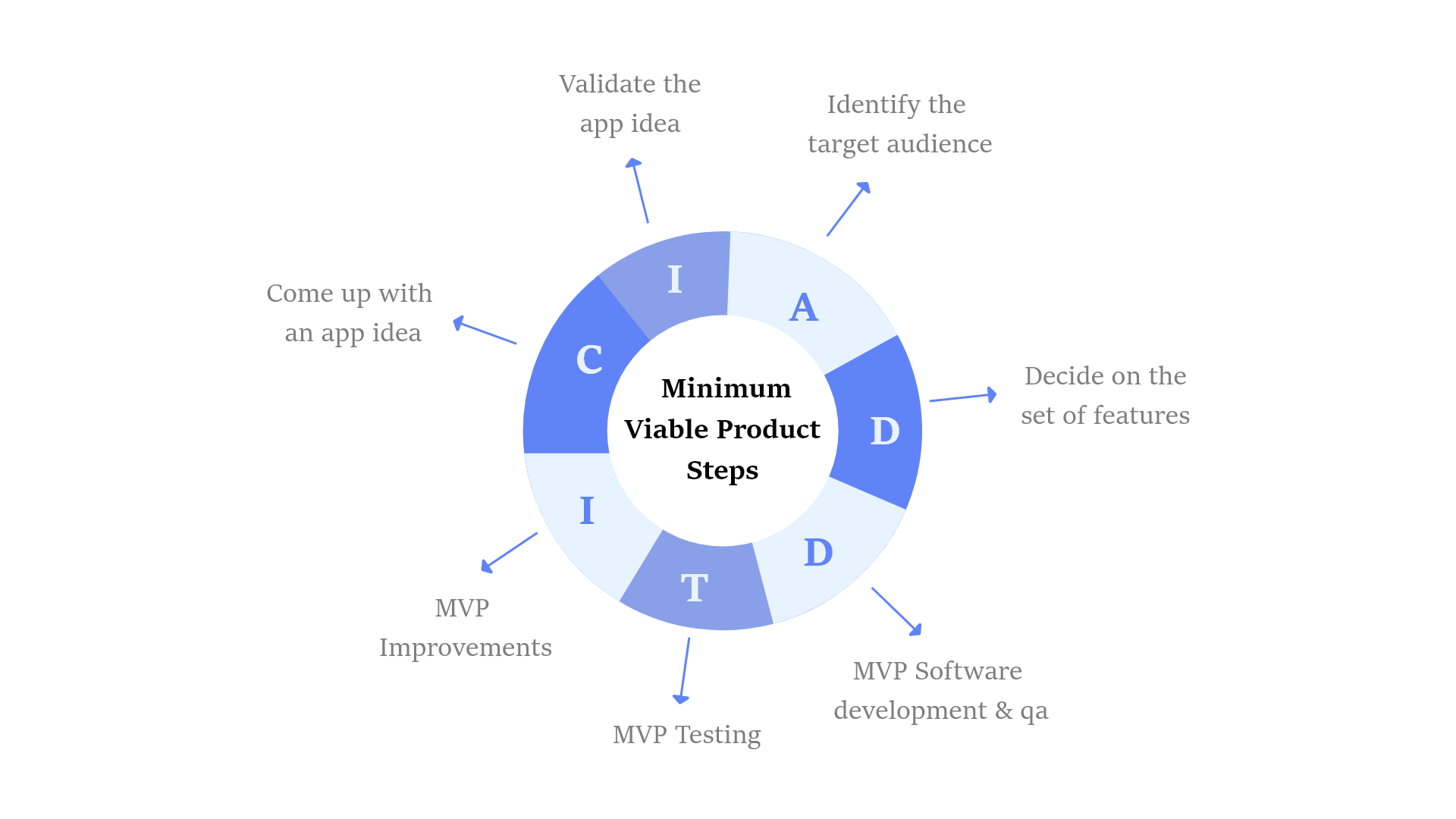
The process of minimum viable product development consists of 7 main stages with multiple steps. This part of the article presents a step-by-step process of MVP app development and describes each stage with all details.
1. Come up with an app idea
If you don’t know where to start, try coming up with an app idea. Usually, at this stage, you already know what solution you want to create.
The best ideas come out of the blue, right?
Creating an app solely to make money might not be the best solution. You need to live and breathe your idea. The most popular solutions and startups are created with an app idea that keeps creators up at night.
Creating a product like the one already existing is one of the most popular mistakes. You need to strive to make your app unique, unlike any other on the market, or just arm it with additional features that others lack.
2. Validate the app idea
Your idea might seem to be the next Facebook or Netflix. In reality, you might be creating something that no one needs. At this stage, you need to validate your app idea. Make comprehensive market research, identify your potential competitors and check whether there is a need for such an app or not.
3. Identify the target audience
After you’ve successfully validated an app idea and made sure that the market needs your solution, it’s time to define your target audience. You need to understand who will use your application and learn about the target audience as much as possible. Make a market research and make user profiles, specifying even the smallest details, like their gender, age, occupation, etc.
4. Decide on the set of features
Now that you know your audience and their pain points, it’s time to move on to the next step of MVP software development – defining the features that will form your MVP. At this stage, the main goal is expanding your app idea into the product specifications.
The below image helps you understand how to decide on the best feature set, which will be sufficient for your solution.

There are some features that today every software solution needs to have. Below is an image demonstrating some of the most basic functionality.
| User app | Admin panel |
Guest user mode Registration (with mobile phone number, email, and social accounts) User profile management Search (with filters) Push notifications Integrations with analytics Sign out option | Login as administrator Manage app users |
Depending on the type of solution you will create, the final set of features for MVP software development will be different. Let’s take a look at some examples of MVP features depending on their types. Some apps might have different types of users, and you need to define the scope of features of each kind of these users.
1․ eCommerce MVP app development
- Payment options (credit card, PayPal)
- Product, category, subcategory pages
- Navigation by categories, subcategories, products
- Cart & its management
- Order history
- Product information and parameters
- Product reviews, see other reviews
2․ Educational MVP software development
- Scheduling
- Course page
- Audio and video streaming
- Tests
- Progress measuring
- Messaging
- Ratings
3. Food delivery minimum viable product development
Buyer app
- Geolocation
- Order list management
- Payment with a credit card
- Search for restaurants and foods
- View restaurant profile and menu
- Cart management
- Notifications about order status
Restaurant app
- Restaurant profile management
- Menu and orders management
- Balance dashboard
4. Social network MVP features
- Feed
- Create posts
- Like and comment posts
- Manage friends
- Report content or users
- Event-based notifications
5. Taxi booking app development
Driver app
- Accept or decline booking requests
- Status updates
- Orders history
- Geolocation
- Passenger rating
Passenger app
- Ride requesting
- Pickup locations and driver tracking
- Fate calculator
- In-app payment
- Booking history
- Drivers reviews and rating
6. Healthcare MVP software development
Patient app
- Scheduling appointments
- In-app payment
- Access to medical records
- Checking and downloading tests results
- Reviews
- Live chat with doctors
Doctor app
- Schedule management
- Test reports uploading
- Chats with patients
- Chats with other doctors
- Patient management
5. MVP Software Development & QA
At this stage, the development of an MVP happens. Time is a crucial factor at this stage. The faster you develop an MVP and deliver it to the market, the better. Otherwise, the situation on the market might change along with the needs of users, and you will end up with a product that no one needs.
Even though you are creating a minimum viable product, you need to concentrate on its quality. Users might forgive you some minor issues. But if the main feature doesn’t work as it should be or doesn’t work at all, users might not be able to test your app properly and give their honest feedback.
At every stage of development, you need to test the app to ensure its quality and hunt down any bugs that might’ve occurred.
6. MVP testing
Now that your app is ready, it’s time to release it to the market and test it with a wide audience. You can get in touch with your target audience and ask for feedback.
The feedback won’t necessarily be positive, so be ready to get some negative feedback. It’s essential to take into account both good and back reviews as they help you understand what can be improved, what is already great about your application, and which features are missing.
7. MVP improvements
After you’ve gathered user feedback, create a list of features that need improvement. You might need to improve the existing functionality or add some new features.
You shouldn’t stop collecting user feedback even if your MVP is growing into a full-fledged product. This way, you will stand out from your competitors and provide users with a solution that meets all their requirements and expectations.
MVP Software Development Examples
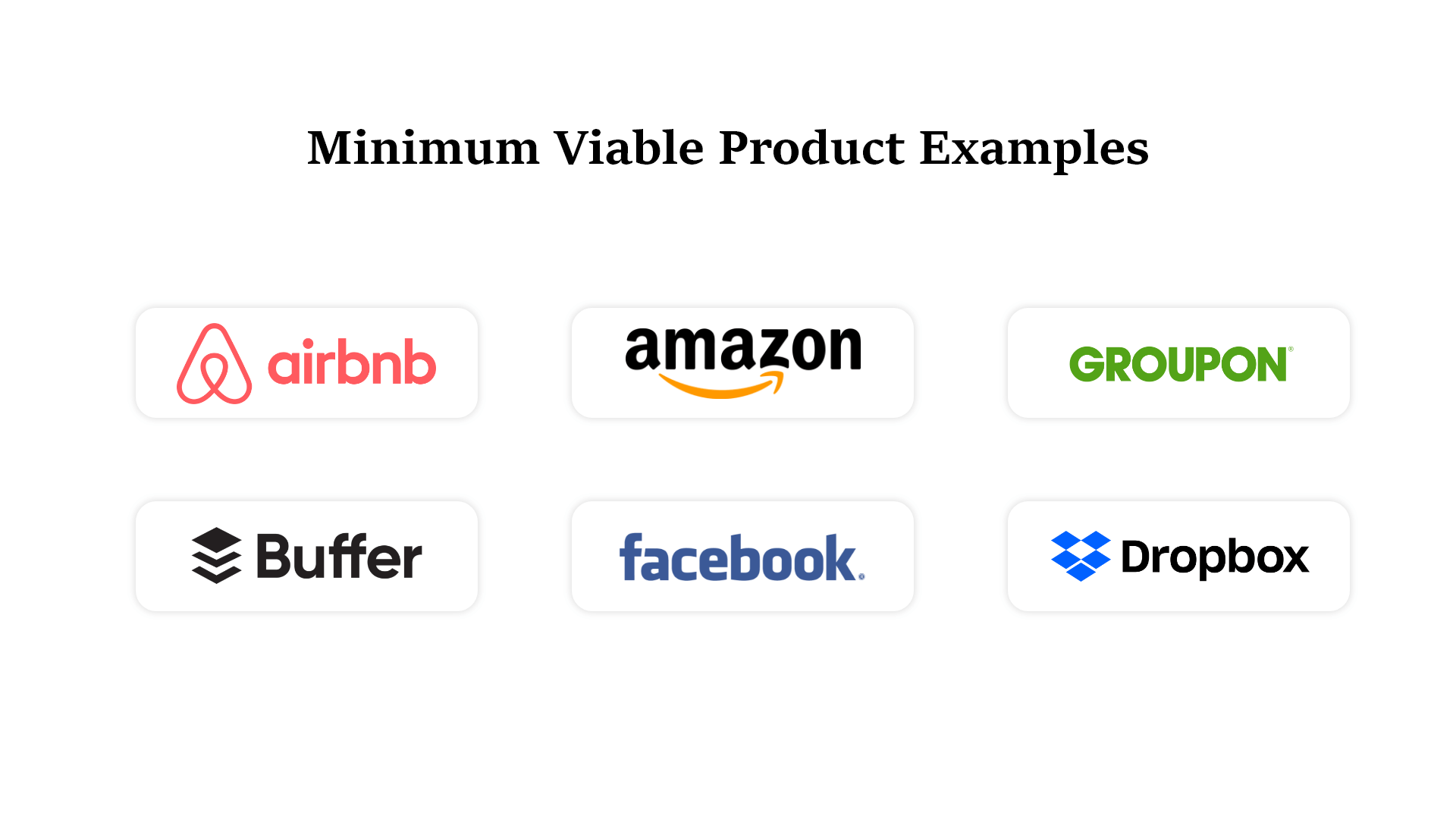
Let’s take a look at the most famous and successful MVPs. A lot of them today you probably know as very successful companies, but they all started from minimum viable product development.
Airbnb
Airbnb is probably the most interesting example of MVP software development. The founders didn’t have money to start a full-fledged business. To mitigate risks, they created a minimalistic website and used their own apartment to test their idea. They made photos of the apartment and provided all the details about it on the website. They found a few guests who were ready to pay for a stay in their apartment in almost no time. A few years later, MVP turned into a successful multi-billion company.
Amazon
Amazon hasn’t always been a successful company with multi-billion revenue. The company started in the garage of Jeff Bezos’ rented home. Bezos knew that he couldn’t start selling all the possible products. That’s why he shortlisted 20 the most promising ones, then decreased the list to only five products (compact discs, computer hardware, computer software, videos, and books). He eventually decided to sell books because of the high demand and huge base of potential customers.
And look at Amazon now – one of the largest retailers in the world.
Buffer
One of the most popular solutions for social media posts publication scheduling started from an idea that came to mind of its founder Joel Gascoigne. He thought that maybe other users wanted to have the same ability to schedule the publication of posts on social media.
Gascoigne created a simple web page that provided enough information about the future products and offered to pre-register for it. After seeing that such a solution would be popular, he started the development. The first version was ready within seven weeks. A few weeks after its launch, Buffer got its first 100 users. The user base increased to 100,000 users within the next nine months.
Dropbox
Dropbox is a great example of video MVP. A simple video explained the idea behind the market, and everyone was impressed with the idea of storing information in the cloud. The video allowed creators to validate the app idea and move on to its development, knowing that there is room for such a solution on the market.
Groupon
Today Groupon is a huge platform working in different countries all over the world. At the beginning of its history, its founders didn’t have the needed resources to create an app. They used a WordPress blog and offered deals of local businesses that lasted for a limited time. Before scaling their business, they’ve successfully validated the app idea.
Facebook is one of the most impressive examples of MVPs. At first, it was a simple social media solution that allowed connecting with friends from Harvard University. The idea was so popular that later its founders turned it into the most popular social media platform in the world.
MVP Development Cost & Team Structure in 2024
MVP software development is a great approach for companies that want to minimize risks and investments in the first version of an app. At the end of the development stage, you should have a fully working application and not wireframes, prototypes, or mockups.
MVP app development usually takes around 3-5 months at our company. MVP development cost is around $50,000 to $100,000. Please keep in mind that this is not the final cost that applies to all MVP projects. The final cost depends on the number of factors and the type of MVP you need to develop. For example, a one-page landing MVP might cost you only a few thousand dollars. But if you want to create an MVP for a mobile app, the cost will be higher.
When you pay for MVP software development, you are paying for the whole team working on your project. Usually, the development team includes the following professionals:
- Product owner – the main decision maker. It can be either you or your representative who has a clear vision of the product.
- Business analyst – this person helps the client to work on the product concept and functional specifications based on market research and industry requirements.
- Project manager – an intermediary between the development team and product owner. PM manages the team, reports to the clients, and holds full responsibility for the product development process.
- Designer – responsible for the visual part of your solution. Designers work on wireframes, user journeys, user experience, and the interface of your software.
- Developers – they turn your idea to life by coding, creating the architecture and implementing all the necessary features. Depending on the type of your solution, you might need to hire iOS or Android developers, front-end and back-end specialists, etc.
- QA engineer – a person responsible for software testing to make sure that everything works smoothly and doesn’t have any bugs. If some issues are identified, developers fix them to ensure that everything works as it should be.
MVP Software Development: Wrap-Up
MVP development is a popular approach to software development. The popularity of MVP comes from the offered benefits, such as cost efficiency, faster product delivery to the market, gradual and consecutive delivery of new features.
All of the benefits combined lead to reduced risks associated with launching a new digital product to the market.
Successful Minimum Viable Product, MVP Software Development, Minimum Viable Product, MVP App Development, Build a Social Media App, NFT marketplace development, Social Media App Development, Build an AI App, Language Learning, Uber App Features, NFT Marketplace, Lifestyle Trackers, MVP
Don't let your idea go to waste
Unlock the potential of your product idea with a MVP
Our Expertise Covers:
✅ Rapid MVP prototyping and development
✅ Strategic feature selection for user validation
✅ Iterative development for continuous improvement
Table of contents
FAQ
A minimum viable product (MVP) is the approach to the development process in which a new product is developed with the number of features that are sufficient for early users. Additional and more complex features are only designed and developed if there is a need for them.
MVP development has a number of benefits such as testing your product idea without investing all your money into the development process. You can deliver a product to the market faster by adding only the most important functionality and adding additional features only where there is a need for them.
MVP app development cost is between $50,000 and $100,000 dollars. However, it doesn’t mean that you will need to pay the maximum price. The final cost depends on the number of factors such as the type of MVP, needed set of features, their complexity, an
Facebook, Airbnb, Amazon, Buffer, Groupon, Foursquare and Dropbox all started as a minimum viable product and later turned into companies with multi-billion revenues.
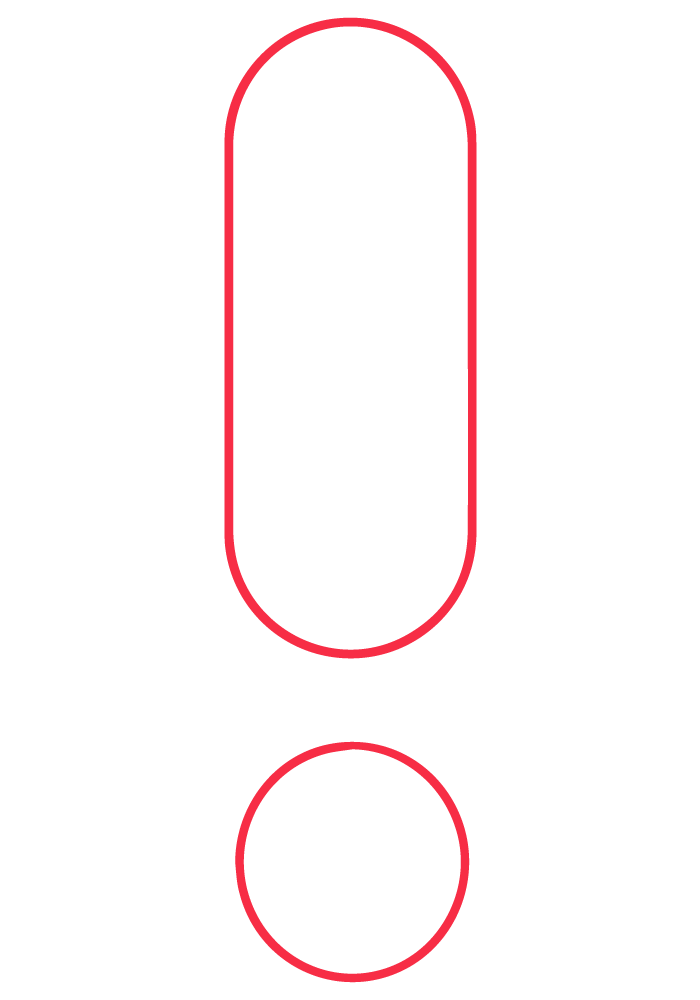

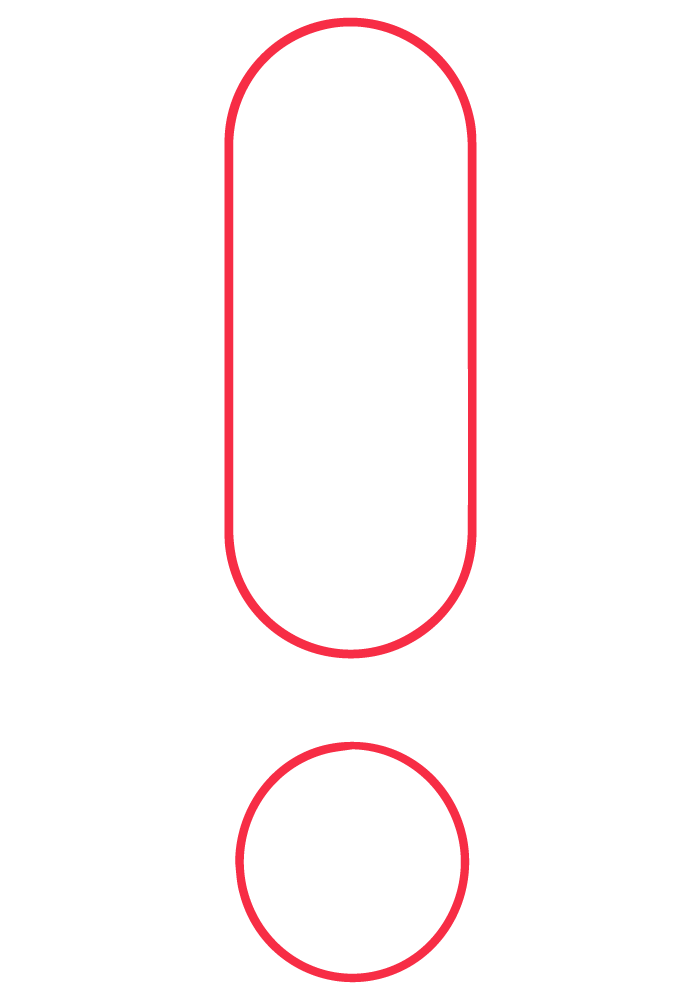




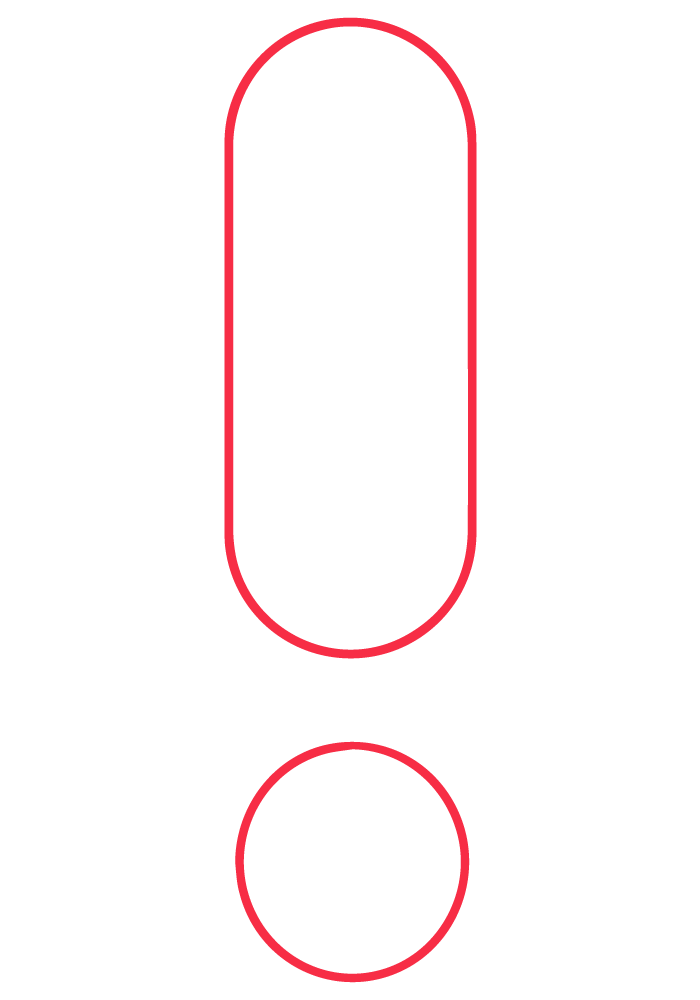


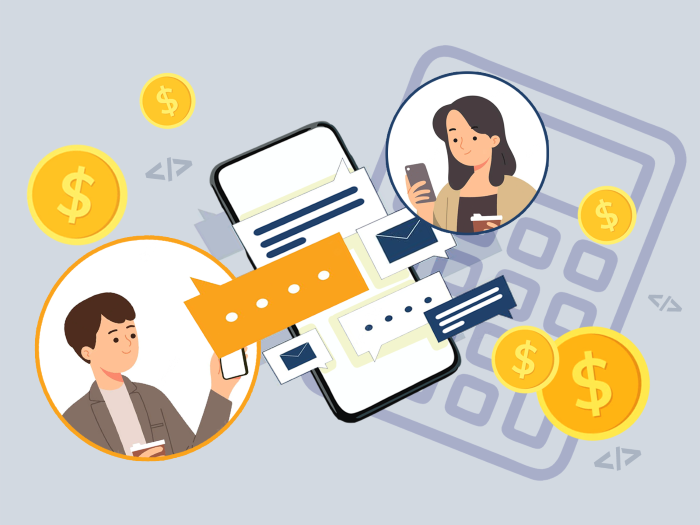 How Much Does It Cost to Build a Messaging App?
How Much Does It Cost to Build a Messaging App?
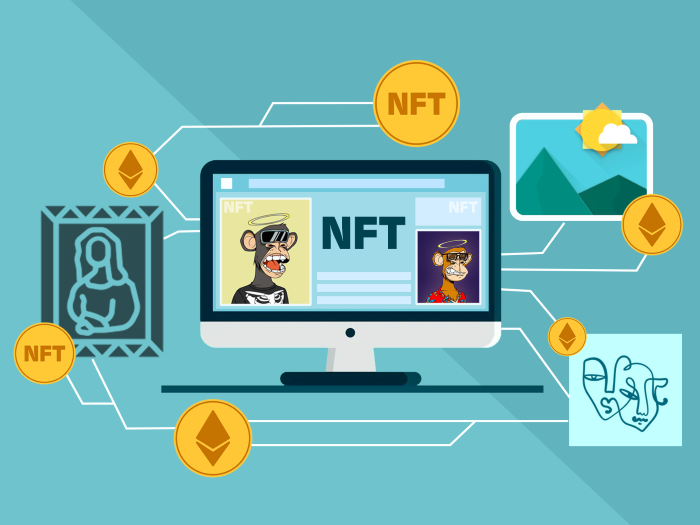 How to Create an NFT Marketplace: Development Guide
How to Create an NFT Marketplace: Development Guide
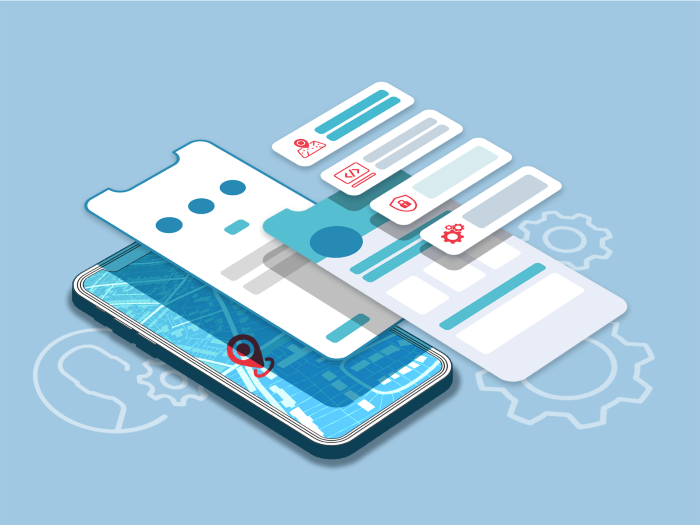 Must-Have Uber App Features: Building a Ridesharing App
Must-Have Uber App Features: Building a Ridesharing App